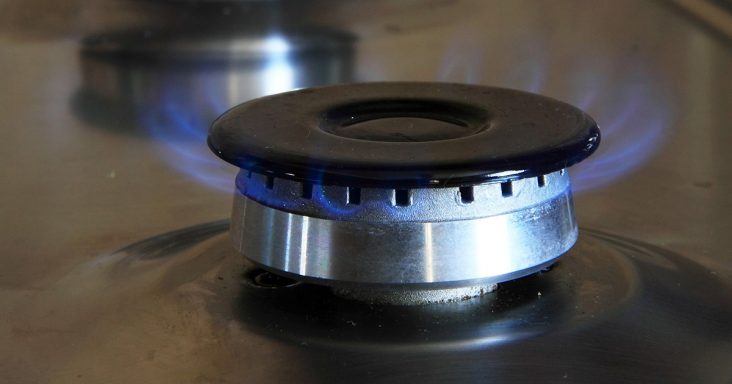Natural gas consumption hits high amid cold January
by February 7, 2024 11:33 am 496 views

U.S. natural gas consumption rose to a record high of 118 billion cubic feet per day in January, according to the U.S. Energy Information Administration (EIA). Cold weather increased demand and reduced natural gas production, which led to high inventory withdrawals.
The EIA released Tuesday (Feb. 6) the Short-Term Energy Outlook for February that shows natural gas inventories are expected to remain above the previous five-year average, despite the high withdrawals in January. The inventories are projected to be 15% higher at the end of this winter compared to the previous five-year average because of forecasted milder weather.
U.S. natural gas production is expected to rise to 105 billion cubic feet per day in February and remain near that level for the rest of 2024. This is expected to result in prices falling from an average of $3.18 per million British thermal units in January to about $2.40 per million British thermal units in February and March.
“The cold weather last month sent us into record-setting natural gas consumption territory for a few days, but we expect less-than-average consumption going into February and March,” said EIA Administrator Joe DeCarolis. “Any late-winter cold snaps could introduce significant volatility back into the natural gas market.”
Following are other highlights from the Short-Term Energy Outlook:
- The U.S. electric power sector saw record-high natural gas consumption in January, and the consumption is expected to rise by 5% in the first quarter of 2024 compared to the same period in 2023. The power sector will generate 43% more electricity from solar in 2024 than in 2023. Wind generation will rise by 6%. Capacity additions will support the growth in renewable generation in 2024.
- U.S. crude oil production rose to a record high of about 13.3 million barrels per day in December. Production is expected to nearly return to those highs in February before narrowly decreasing through the middle of 2024.
- International benchmark Brent crude oil prices rose to an average of $80 per barrel in January. The increase resulted from the heightened uncertainty about global oil shipments because of the increased attacks on vessels in the Red Sea shipping channel. Brent crude oil prices are projected to average $81 per barrel in December 2024 and $78 per barrel in December 2025.
- U.S. coal consumption is expected to fall over the next two years because of planned coal-fired plant retirements. The production is projected to fall by 19% in 2024 and by another 3% in 2025.
